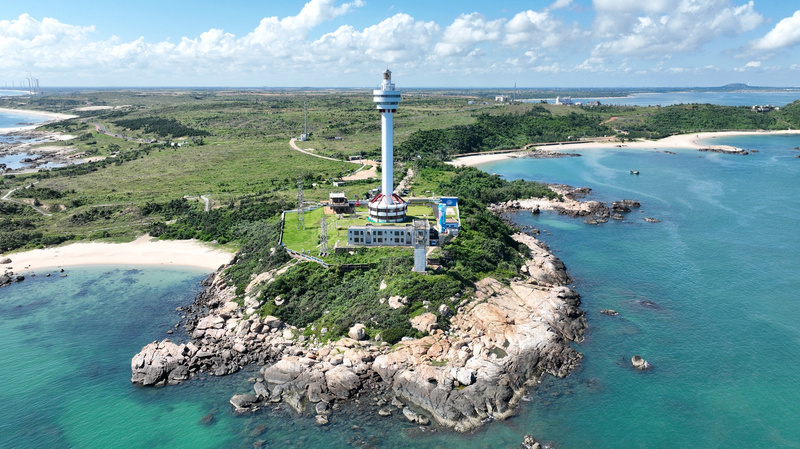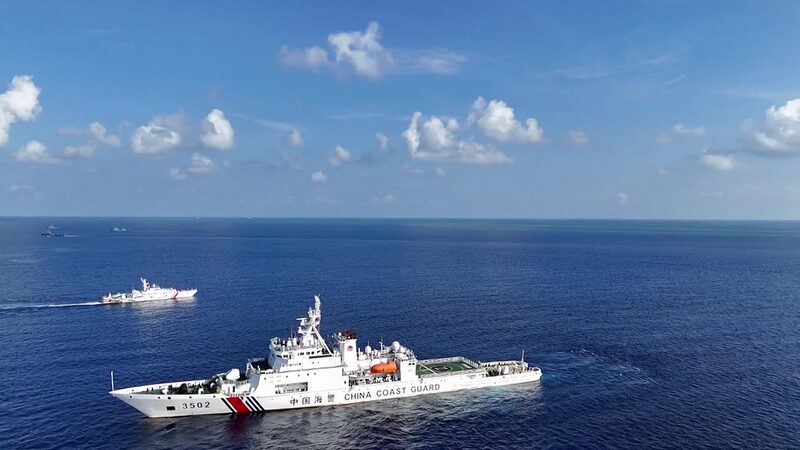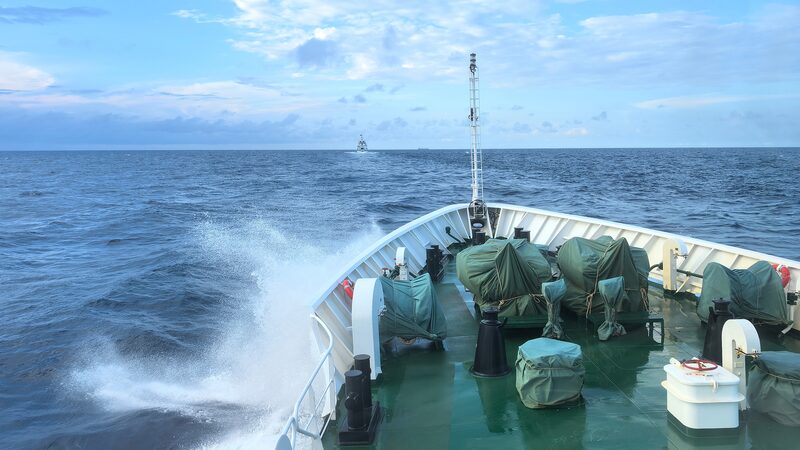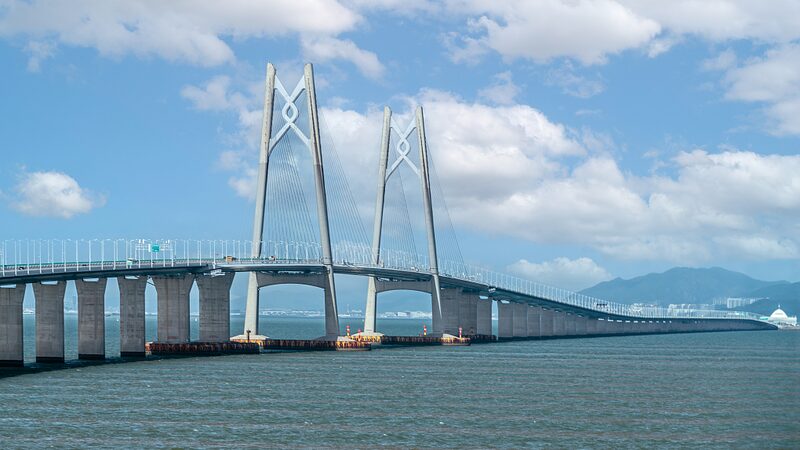Perched on the rugged coastline of Mulan Bay in Wenchang, Hainan Province, the Mulantou Lighthouse stands as a silent sentinel bridging maritime history and modern tourism. Built in 1995, this 72-meter-tall structure was originally designed to navigate ships through the area’s notoriously treacherous waters, earning its reputation as a 'sea-calming needle' among local fishing communities.
For decades, the lighthouse has illuminated a 24-nautical-mile radius, safeguarding vessels from hidden reefs and unpredictable currents. Its steady beam remains a lifeline for sailors, underscoring Hainan’s strategic role in China’s maritime safety network. Yet in recent years, the lighthouse has found a new purpose: drawing travelers eager to witness its stark beauty and panoramic views of the South China Sea.
Visitors now climb its spiral staircase to a viewing platform, where the azure expanse of the Taiwan Strait meets Hainan’s lush landscapes. Local authorities have integrated the site into cultural tours, highlighting its engineering legacy and the stories of fishermen who once relied solely on its light. This dual identity—as both guardian and attraction—reflects Hainan’s broader shift toward sustainable tourism, balancing economic growth with preservation.
For investors eyeing Asia’s travel sector, Mulantou’s transformation offers a case study in repurposing infrastructure for community-driven tourism. Academics, too, may find value in its symbolic role in regional maritime policy. Meanwhile, diaspora communities and global explorers alike are discovering a piece of coastal heritage that continues to evolve with the tides of time.
Reference(s):
cgtn.com








